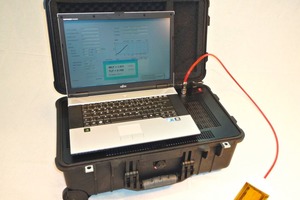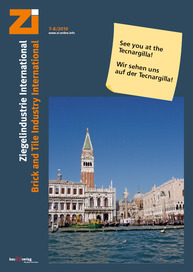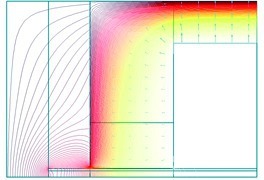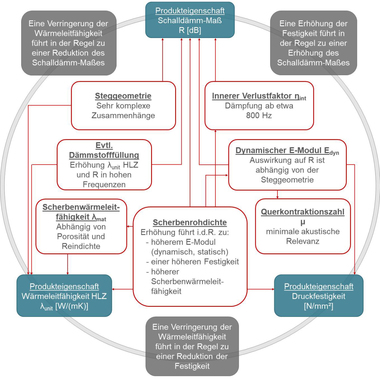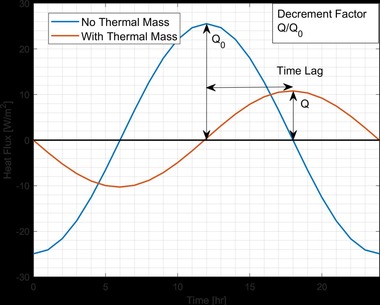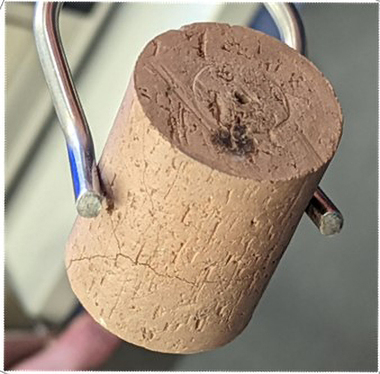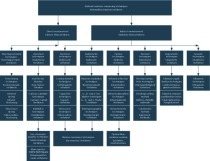Innovative measuring instrument determines thermal diffusivity and conductivity within minutes
Advanced sensor ensures high measuring accuracy
Once the sample has been fitted with a foil sensor for mensuration, a defined electric current (selected to match the material in question) is applied. Then, special algorithms are used to calculate the material’s thermal conductivity and thermal diffusivity, as well as its volumetric specific heat (by derivation) on the basis of the resistors’ heat evolution, the amount of heat emitted to the specimen and the elapse length of time.
Easy preparation and operation for in-process measurements
With all these advantages, the THB-10 is very well suited to the typical production environment and for use in small and medium-size companies. The price, too, is geared to the target group. The THB-10 has an introductory price of € 28 000. Comparable plate-base instruments that take several hours for a single measurement cost nearly twice as much.
For thermal conductivity, the instrument‘s measuring range extends from 0.02 to 100 W/mK. Depending on the particular sensor and material, its uncertainty level peaks at 3%*, and its reproducibility beats 0.5%. The thermal-diffusivity measuring range is 0.05 to 10 mm²/s, with 6%* uncertainty and reproducibility to within 1.5%. The volumetric specific heat is calculated from the results of the thermal conductivity and diffusivity measurements.
The THB-10 is fitted with USB interfaces, an Ethernet connection and an RS232 serial interface and can connect to an IEEE-488 general purpose interface bus.

